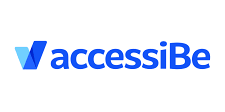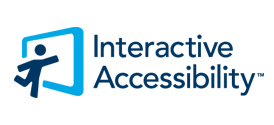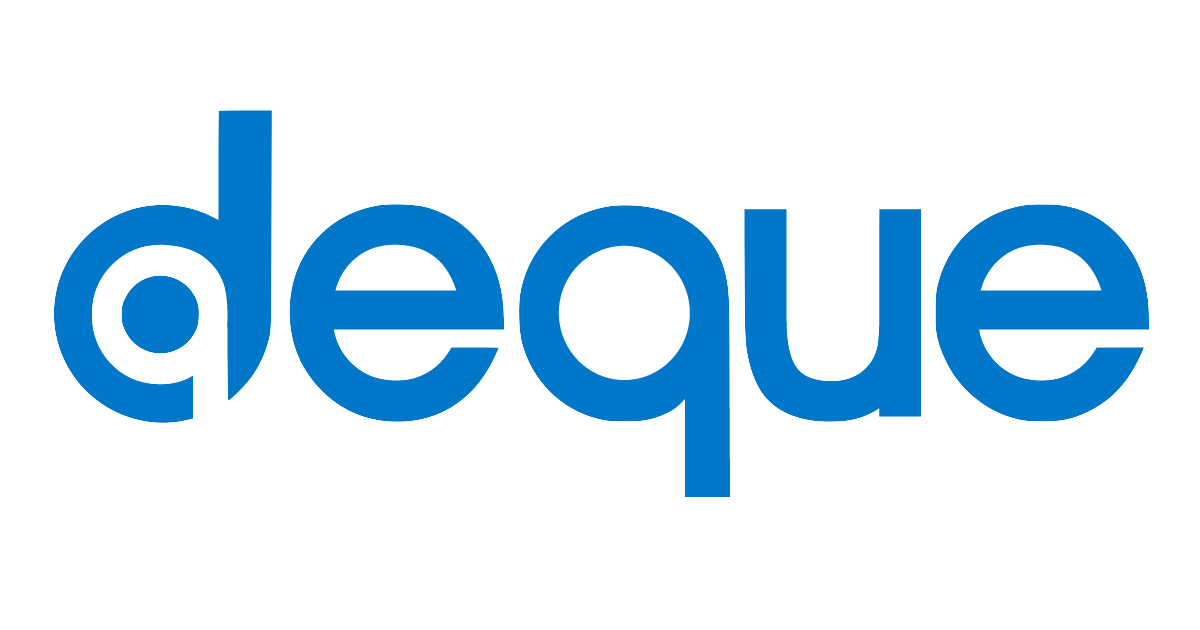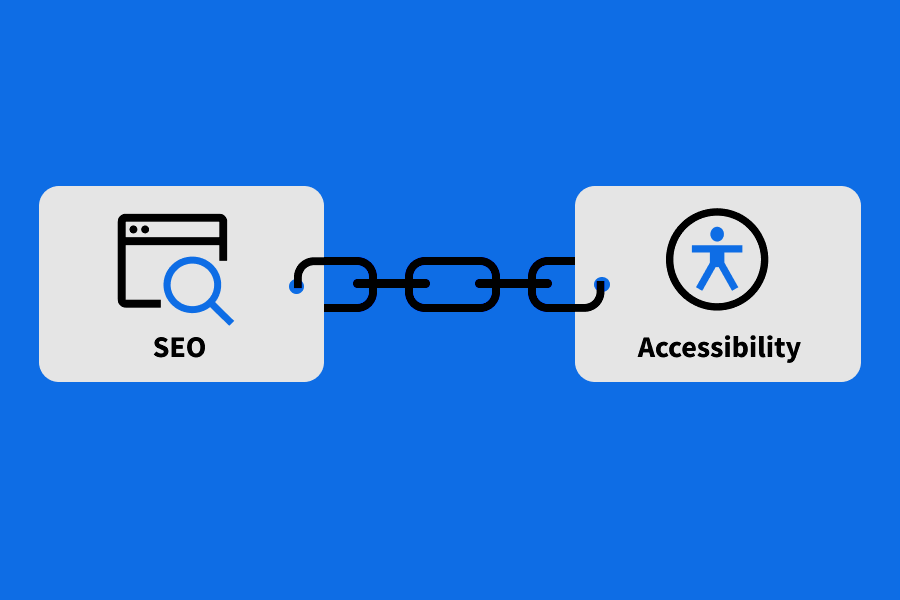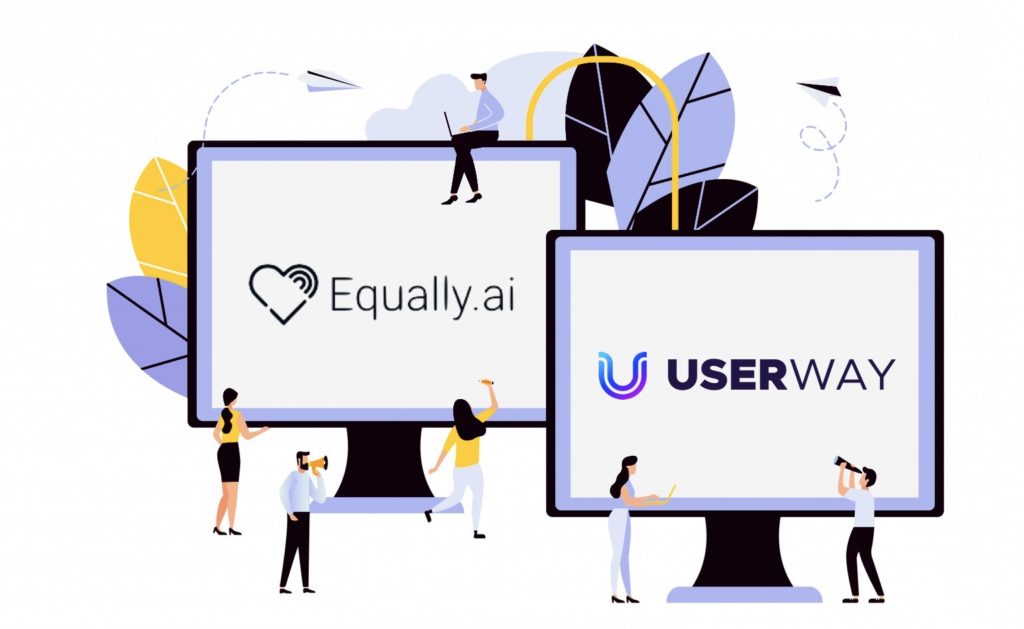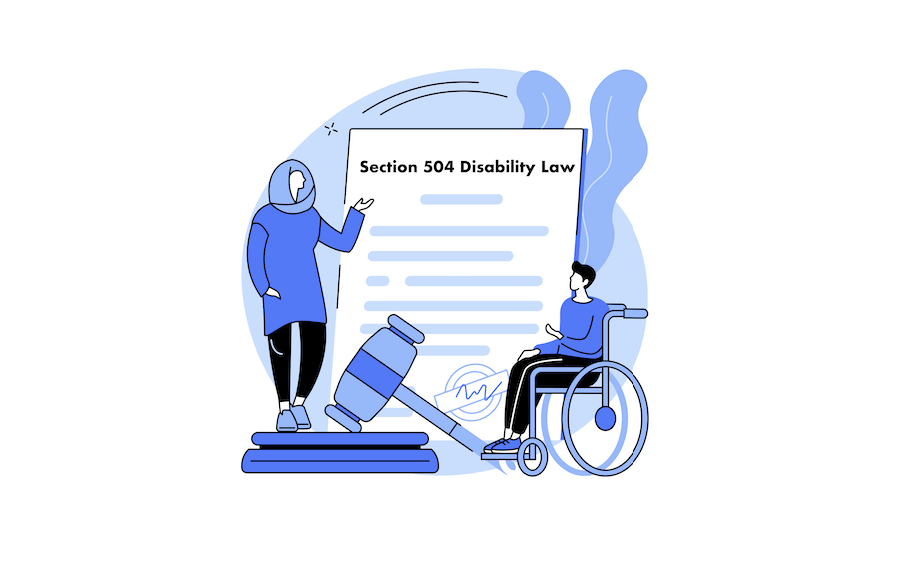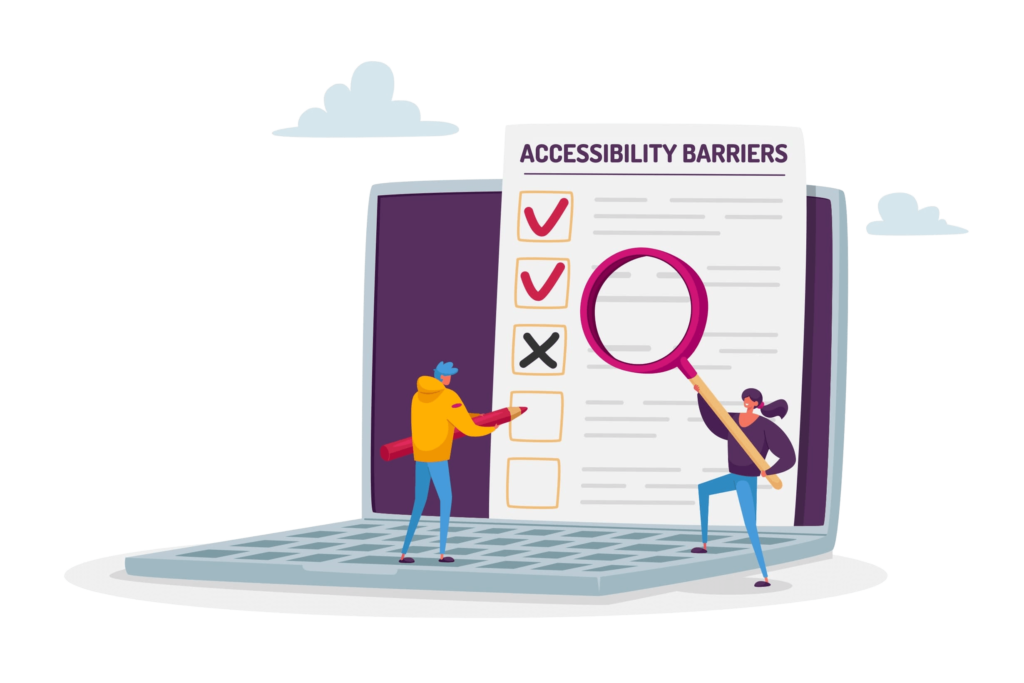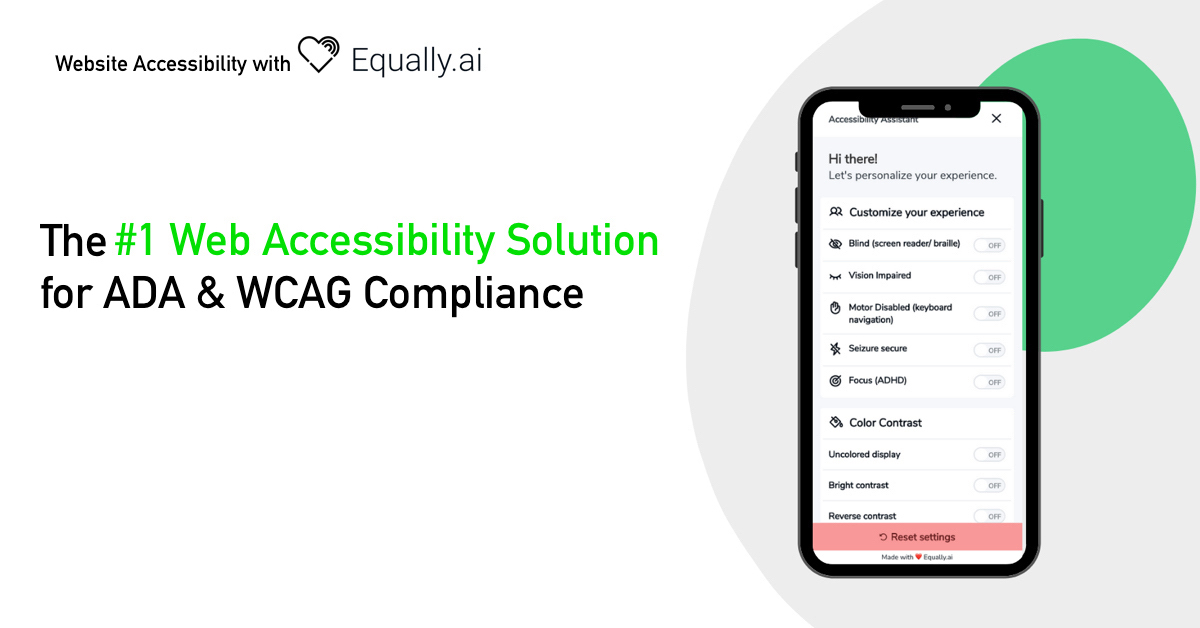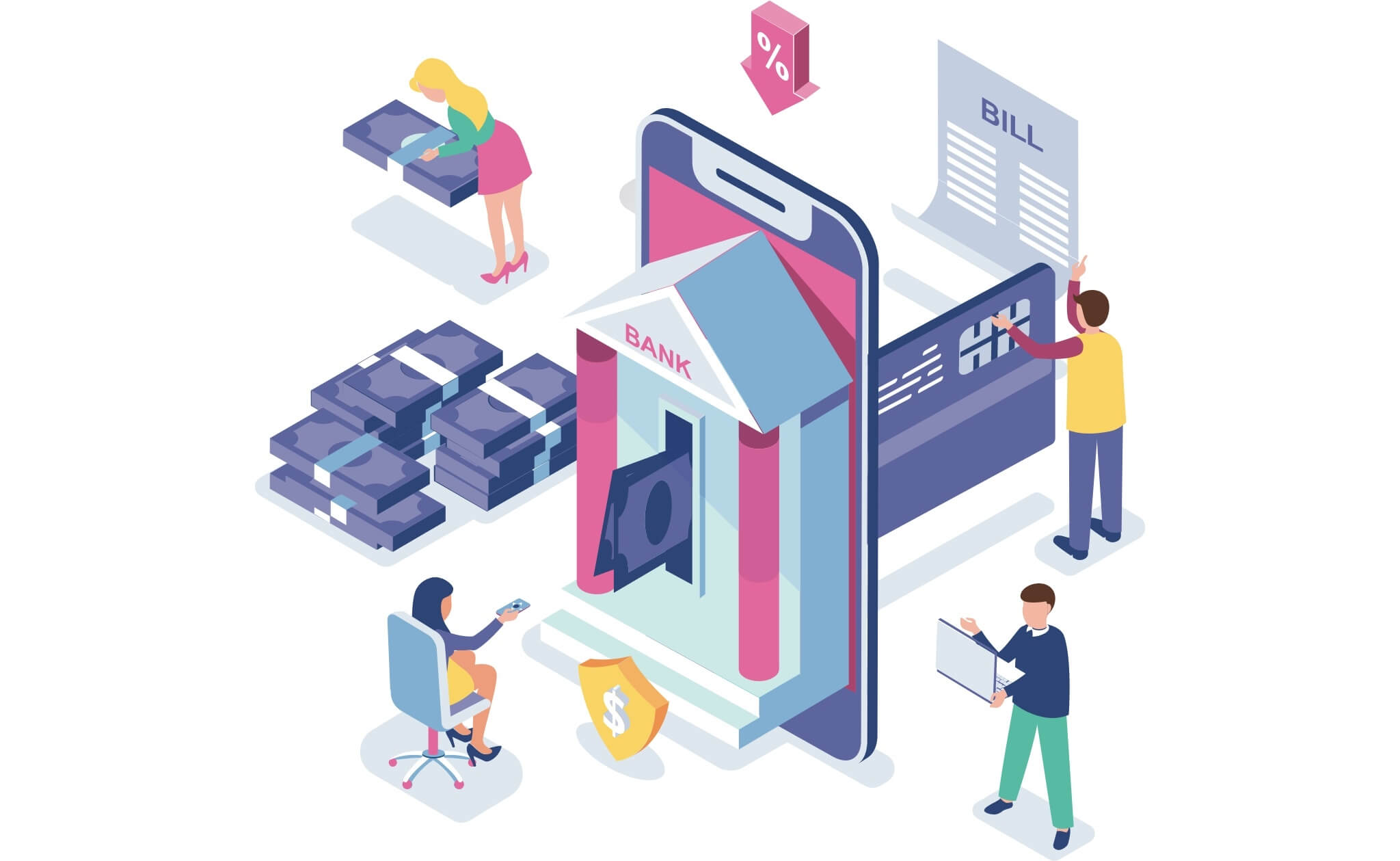
Complete web accessibility will be the case for all websites in the future. One of the sectors where website accessibility has been an issue for people with specific disabilities is the Banking and Financial Insurance sector. Today in more companies, Website Accessibility guidelines are enforced. Why does it need to be enforced, are there also benefits of full compliance? The answer is yes, there are more than you think.
Web Accessibility is important for enabling equal accessibility to the site for all visitors. However, companies involved often overlook the importance of making a website in the banking and financial sector accessible. There are some important questions to ask. For example, what are the benefits for the companies that follow the regulations? What are the penalties for those that do not? What are the best website accessibility solution platforms for the Banking and Financial Insurance sector in the UK, US, Canada, Europe, and Australia? Let’s find the answers to these questions below.
Many companies in the banking and financial sector are expected to comply with the specific country’s compliance and requirements. Governments of different countries have set their own set of requirements to enforce web accessibility. The most important thing to remember is that governments are legally enforcing businesses in this sector to comply with online accessibility. Failure to enforce these regulations will potentially lead to a lawsuit. Let’s move on to take a look at the history of web accessibility in this sector.
History of Banking and Financial Insurance Website Accessibility
Thirty years ago, accessibility measures were introduced to society. Banking and Financial insurance institutions started to move their services online. Nowadays, you cannot imagine a world without online banking with easy access to all your finances through apps. However, this innovation is positive for many; it also meant a more significant barrier for people with specific disabilities. ADA and WCAG compliance measures helped people with disabilities significantly in their online banking behavior. Necessary implementation, such as screen readers and audio commands, are significant improvements.
The first step towards accomplishing an accessible online environment was to remove objects that prevented people with disabilities from using banking services. Over the years, the W3C made many regulations and guidelines for companies to follow to become equally accessible.
Customers have sued over 700 Banking and Financial organizations with website accessibility issues. We discuss the most important lawsuits against financial organizations below. Because of the rise in Banking and Financial Insurance companies’ lawsuits, website accessibility became an important topic for all financial institutions in the US, UK, Australia, Europe, and Canada. Banks and Financial Insurance companies must make online banking tools and communication services, specifically for people with disabilities. Modern times have brought sufficient improvements to life in general. These improvements are now translated for all human beings in these regulations. In all the countries listed above, online accessibility in this sector is legally enforced. Please keep reading to learn about lawsuits from the past and to avoid them from happening to you.
Lawsuit against Website Accessibility in the Financial sector
After introducing the American Disability Act, the number of Web accessibility lawsuits in the banking and financial insurance sectors has increased. One of the first cases of this sort was filed by an unsatisfied Bank of America customer back in 2000. From that point on, more than 700 related lawsuits have been filed against different banking and financial institutions around the world.
It all started with the accessibility challenges faced by people with disabilities when using ATMs. The lawsuit filed the most is the lawsuit that claims the restriction to access to banking and financial insurance institutions’ services and products. The court can determine if a person with a disability has had such difficulties accessing a bank or a financial insurance institution’s website. In addition to websites, banks, and financial institutions’ mobile applications will receive the same treatment in the future. Most courts refer to the WCAG 2.0 guidelines issued by the WC3.
By complying with these guidelines, companies can avoid legal liability and lawsuits for not making their websites available to the challenged service users. Still, several organizations in different countries do not know all the requirements laid down by their governments; but that is not an excuse you can use anymore. Take a look at the best solutions that you can implement within 48 hours.
Latest updates for the Financial market
There are different web accessibility standards for Banking and Financial Insurance worldwide. But the usage of WCAG 2.1 is perhaps the most important one. Moreover, there are additional requirements for mobile apps that most Banking and Financial institutions offer nowadays. Regulations include making websites available for people with low vision, hearing loss, lowered cognitive function, and photosensitivity.
Two major changes included in the WCAG 2.1 guidelines:
- Current and new websites for banking and financial insurance should comply with WCAG by the end of 2020 to prevent lawsuits.
- The Mobile Apps of these institutions should also comply with the requirements set out in the WCAG by the end of 2021. You can see the importance in the trend of lawsuits filed for Mobile App Web Accessibility issues.
Online Accessibility for Financial sector worldwide
Today, financial institutions around the world are audited to determine the level of sufficient web accessibility. Some surprising results have been reported, particularly in Europe, as 3 out of 4 audited banks were not meeting the accessibility requirements. The alarming results were seen in the United Kingdom, France, and Spain, and for these reasons, the EU Government has introduced the EN 301 549 standards of compliance.
Various platforms of Web Accessibility solutions support banking and financial insurance institutions towards full web compliance. The best progress and results are achieved in the US, where organizations such as Peoples Bank, FedEx, Citizens Bank, and F&M Bank fully comply with today’s regulations. As far as Canada is concerned, the RBC and Bank of Montreal are also respecting the regulations for web accessibility.
In Australia, the NAB has obtained the highest performance in web accessibility audits compared to others. We’re going to talk about all web content accessibility solution providers in a bit, but let’s go over the disability areas first.
Important accessibility tools for the financial sector
When we talk about web accessibility, we focus on several specific disability types. Not every person with a disability has difficulties accessing web content. When it comes to creating higher web accessibility for Banking and Financial Insurance websites, these are the tools to keep in mind:
- Auditory disabilities – Website Accessibility includes enhancing audio elements that people with hearing disabilities can use. This involves raising the audio clarity, eliminating background noise, and making content suitable for hearing issues by including more text.
- Cognitive or neurological disabilities – A type of mental disability is someone with dyslexia; a great tool to solve any potential accessibility issues is converting a ‘normal’ font to a dyslexic font. Options like screen readers that reduce the need for engaged neurological activity can prove beneficial for Banking and Financial Insurance Web Accessibility.
- Visual disabilities – For the visually impaired, websites should include several tools to enhance text adjustments, such as larger fonts and insert visible links.
- Physical disabilities – For people who cannot make use of the Internet because of a physical disability, there are tools such as voice control used to reduce the need for physical movements.
These matters can significantly increase the usability of the Internet for disabled visitors. Let’s take a look into specific fields, their implementation, and the best solutions.
Solutions and Compliance
As mentioned, there are different compliance regulations used in the US (ADA), Europe (EN 301 549) Canada (AODA) to make the websites in the Banking and Financial Insurance field eligible for the disabled. Furthermore, all countries comply with the WCAG guidelines. The updated variant of the guidelines WCAG 2.1 focuses on enhancing the regulations for mobile apps as well. Best advice for Banking and Financial Insurance Web Accessibility is to use one of the prominent solution providers such as:
- Online ADA
- Adally
- AKEA Web
- Criterion 508
- Compliance Sheriff
- eSSENTIAL Accessibility
- Make-Sense
Keep reading to find out about the latest news in the sector and final thoughts on the benefits of online accessibility regulation.
Websites of Banking and Financial Insurance in the future
Implementation of the guidelines by Banking and Financial Insurance institutions is a significant development. By adopting these rules and regulations, banks and financial institutions worldwide will be fully compliant with the standards.
However, the number of lawsuits concerning is still high. To prevent that from happening, financial institutions should take the opportunity to comply offered by the solutions fully. They offer easy-to-implement software that is reliable and up to date with the latest regulations.
The website of your bank or financial institution will not only become more user-friendly for all users but will also eliminate the risk of any legal action. It’s a necessary thing to do since many disabled people use online banking and financial services.


